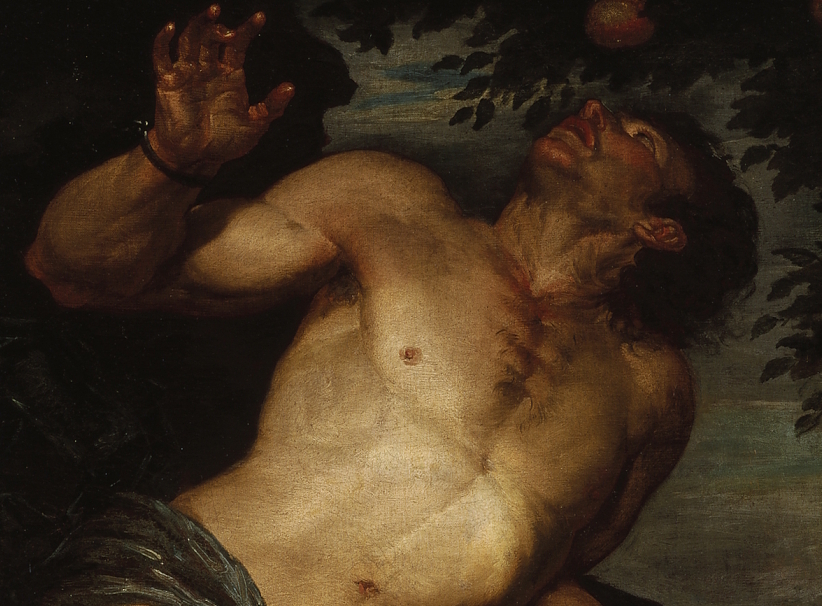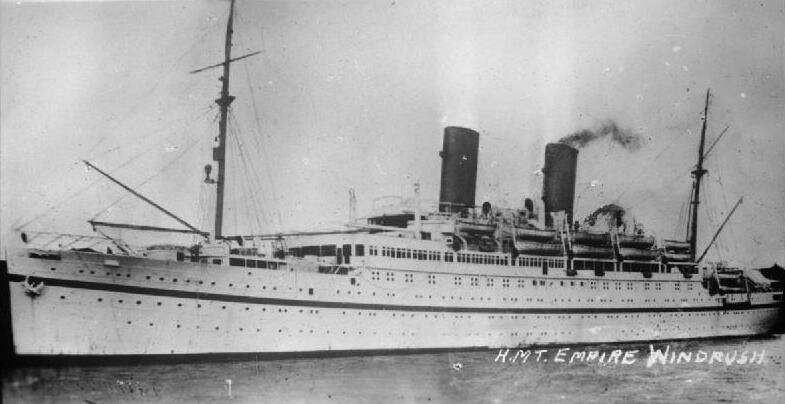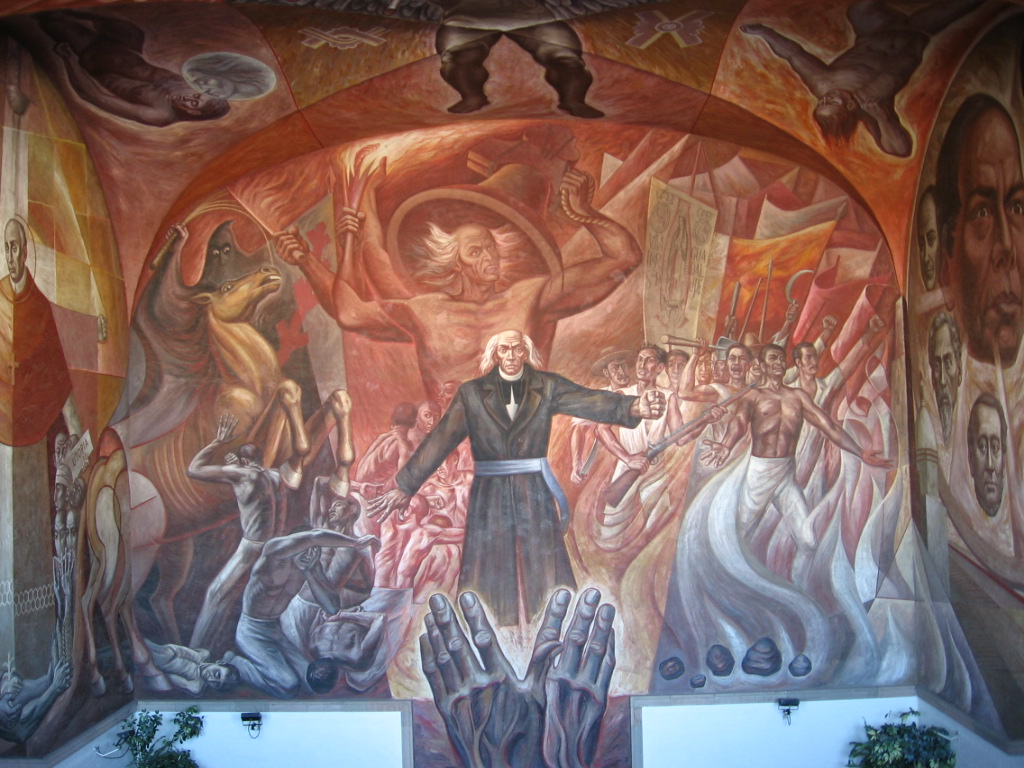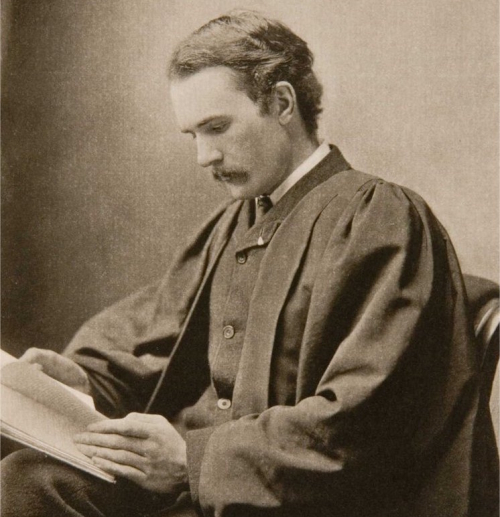Focus On: (3361) Orpheus
Gifted Thracian bard in Greek legend. The best-known story involves Orpheus venturing into the underworld to try to bring back his wife Eurydike after she died from a snake bite. He lost her again just as they were returning to the upper world, after failing to keep a prohibition on looking back at her on the journey.
Focus On: (3361) Orpheus Read Post »










